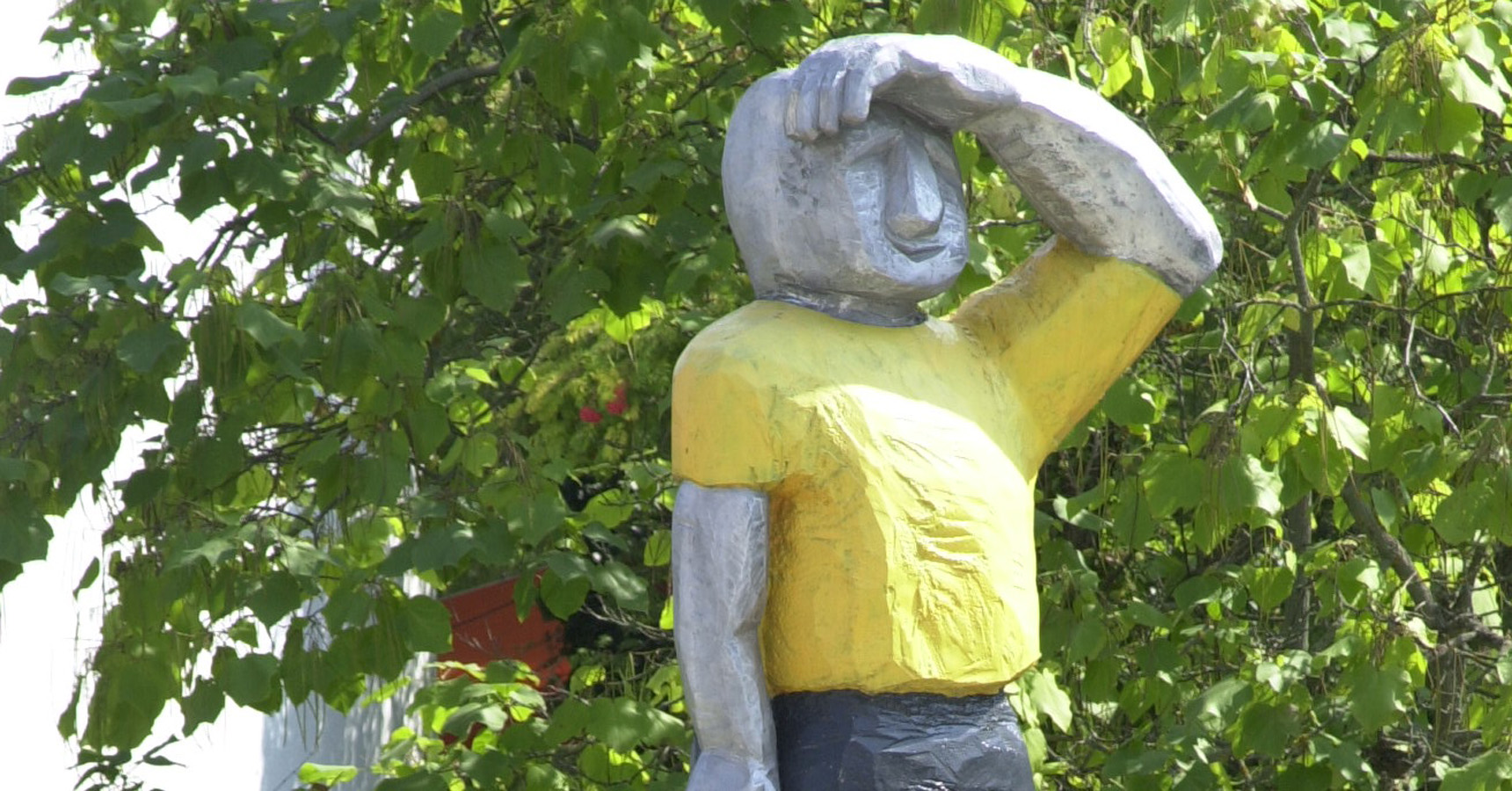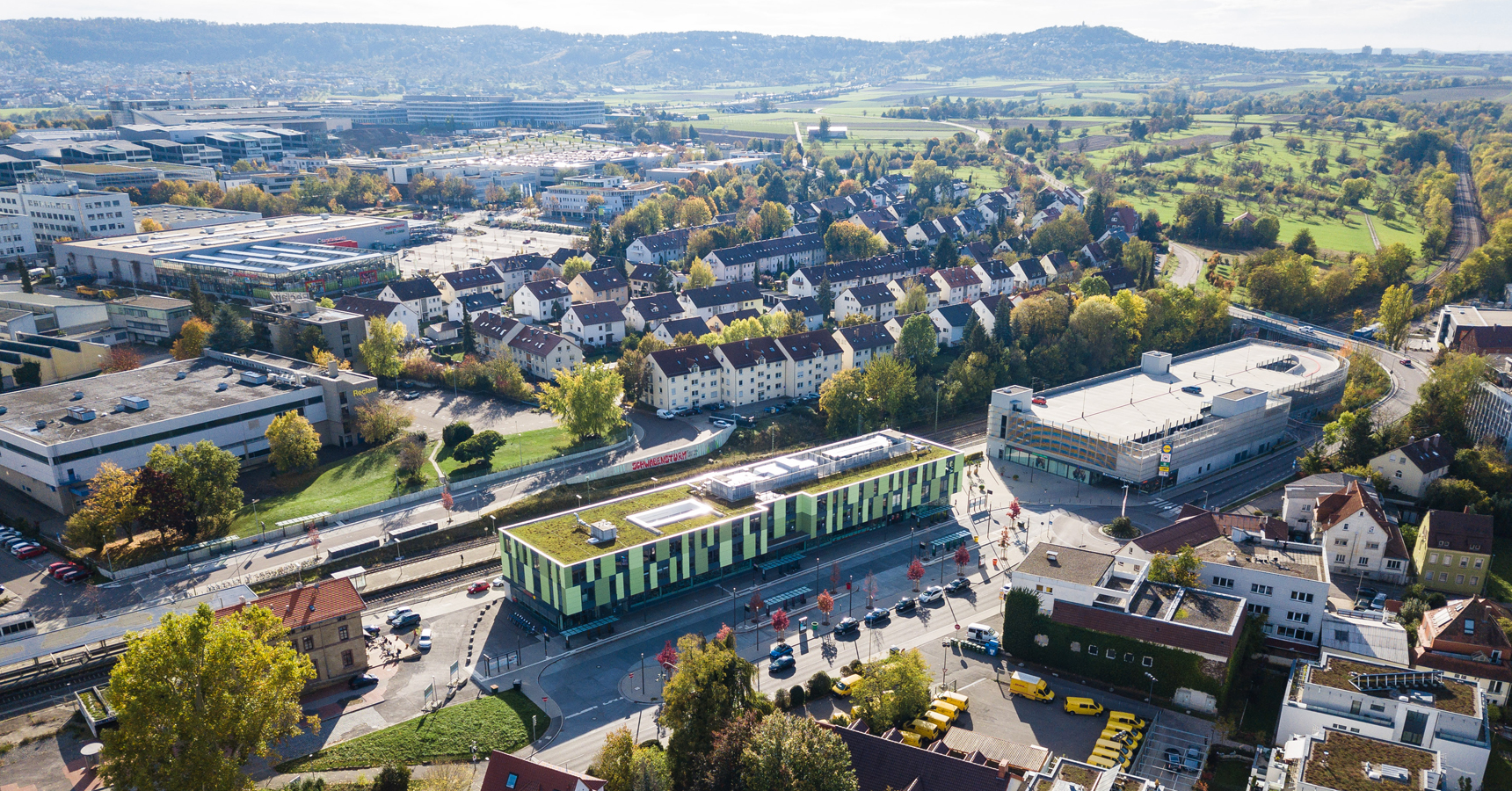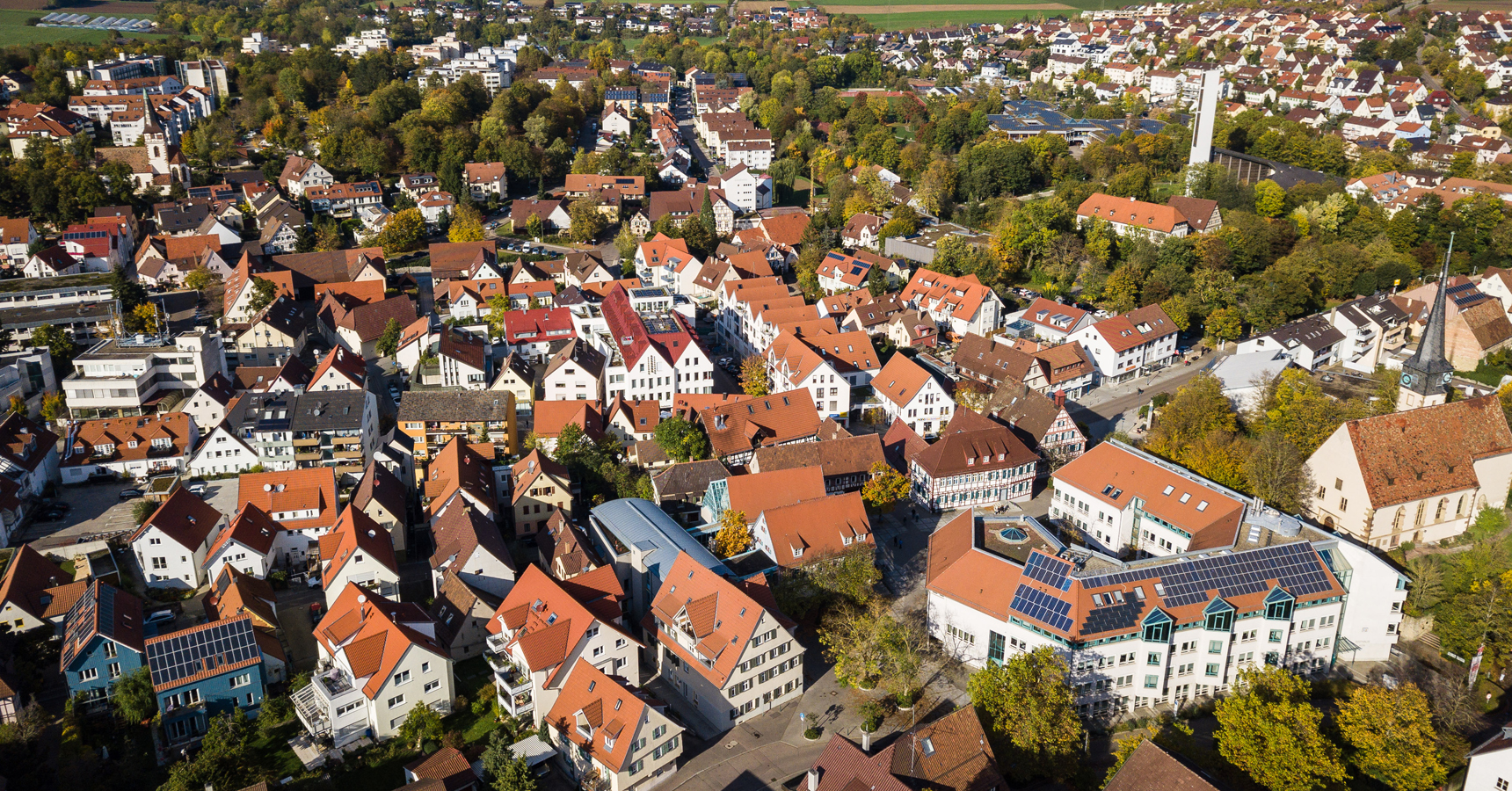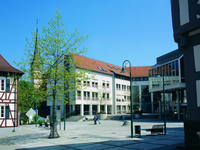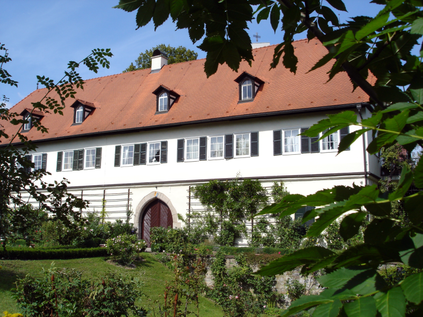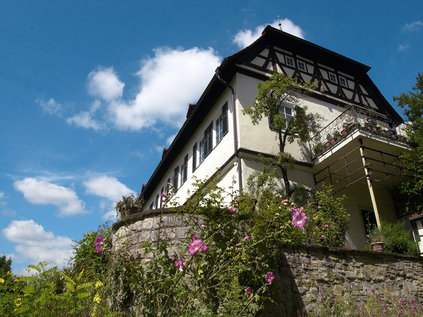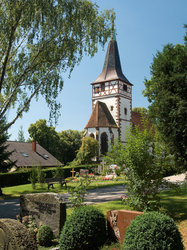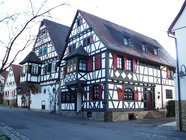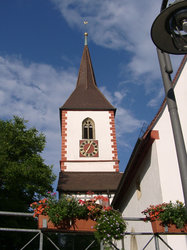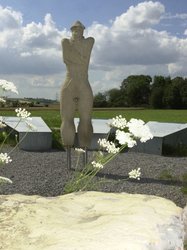Story of its Discovery
In the course of reallocating agricultural land, the grave mound was excavated between November 5 and December 14, 1963 as part of a salvage excavation. Prior to being excavated, the mound had a diameter of approximately 32 meters and a height of 1.2 meters. It had been heavily tilled and ploughed over for generations. A second mound 80 meters to the east measuring 28 meters in diameter was surveyed in 1966 and had already been destroyed. On the very first day of the excavation, a grave stele was found at the north base of the mound. This led to the decision to continue excavating in the spring from March 22 to April 3, 1964. Over the course of the excavation, 16 gravesites were found. The mound was originally secured against erosion by a stone circle. It was virtually circular and had a diameter of 19 meters. The material consisted almost exclusively of unprocessed shell limestone. The contents found in the graves date to the early La Tène period around 500 B. C.
The Sepulchral Stele – the Hirschlander Warrior
The stele was found during excavation of the northern edge of the burial mound outside the encircling stone. It had broken in two. The unclothed human figure is carved out of Stuben sandstone (late Triassic [Norian] sandstone). It is life-size; the feet have unfortunately broken off and are missing. The figure has a height of 1.5 meters and wears a conical hat or helmet on its head and a thick circlet around its neck. A mask covers the figure’s face and a belt with an antenna dagger encircles its waist. The Hirschlanden stele is one of the first life-sized and realistic prehistoric human figures created in central Europe around 500 B. C. According to the chronology, the stele aligns with the upper central burial sites.
The Graves
Sixteen gravesites have been found within the radius of the mound. The presence of later burials is assumed, but these were ploughed over and destroyed over the centuries. Around a central grave, later burials took place in two circles. In a layer over this, another ring was placed around a second central grave. Most of the graves were simple wooden chambers, some of them covered by stone slabs. These were without exception inhumations of men, women and children in the manner that was common since 600 B. C. The graves were ordinary for those of that time. As weapons, the men had lances, semi-circular iron knives, as well as boat brooches; the women’s graves contained bronze needles as hair decorations, rings for ears, circlet neckpieces, strings of amber beads, brooches placed on the chest or shoulders, armbands, belts and foot rings. The children’s graves contained circlet neckpieces or a small ring. The oldest grave is from the beginning of the late Hallstatt period, in the first half of the 6th century B. C., and the most recent ones date from the transitional period to the early La Tène culture.
It is possible to visit a restored version of the burial mound and a reproduction of the sepulchral stele near the original discovery site. Another reproduction of the stele can be seen in the municipal museum in Ditzingen.
Location
The Hirschlander Warrior can only be reach by foot. Take the Holzener Grundweg in the direction of Steinbruch Rombold between Hirschlanden and Heimerdingen. Cars can be parked on Schellweg (near the Schützenhaus Hirschlanden).

